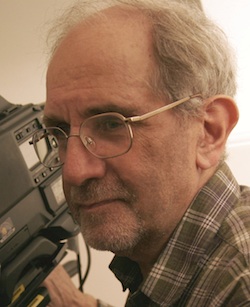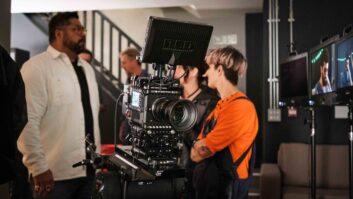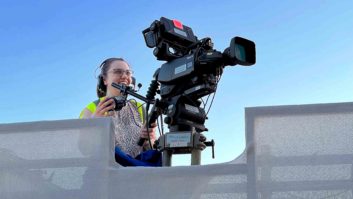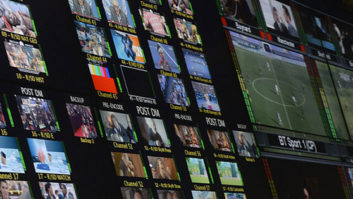
The Guild of Television Cameraman‘s chairman considers how we should judge picture quality – using technical or aesthetic standards?
Recently, the publisher of the book that I’m currently writing, asked me about a friend who is helping me: ‘Yes, but does he understand about Standards?’ I was forced to reply that it wasn’t a case of his understanding Standards, as much as being one of the people who actually wrote them.
But it set me thinking. What exactly do we mean by standards? For the engineer, it’s relatively simple. There is a set of Technical Standards which not only allow for compatibility, but also (hopefully at least) allow us to produce and transmit programmes at the highest possible quality. You set up a camera in accordance with the manufacturer’s, or the broadcaster’s requirements.
For the cameraman, and the engineers who support them, it’s slightly different.
As cameramen, we’re trying to produce pictures that are aesthetically pleasing as well as technically acceptable. Especially in drama (and more so, feature films) we attempt to produce pictures that help tell the story. That means taking into account the script, the director’s wishes and, hopefully, the producer’s budget. You also have to please the broadcaster (who is paying for the production) and finally, but vitally, the audience.
A few years ago, I was summonsed to a meeting between the Head of Drama of a major broadcaster and its senior engineers. This was before HDTV and the HoD wanted to know exactly why they were continuing to use Super16, while – in his opinion – the series that was shot on Digi Beta looked more film-like than film. After our meeting I joined the engineers in the basement and they told me that my set up was totally in non-compliance with their current recommendations; but the pictures looked fantastic.
This is by no means unique. Indeed, we now have a new breed of engineers – some of them very, very senior – who fully understand the difference between what looks ‘good’ on a waveform monitor and what looks ‘good’ on a picture monitor – or even a real TV set.
There’s also a new breed of cameramen: willing to learn and willing to push things just a little further, to tell the story.
Indeed, there has been somewhat of a volte face, with a new series of EBU White Papers, written by Alan Roberts, that has recommended camera set up based on what the pictures actually look like, rather than simply on measurements, although measurements are still needed to establish just what each camera can actually do.
It’s the capability of the cameras, the transmission chain and the people who use those cameras that has brought all this about. At least we’re all working together to produce stunning programmes, whether they’re drama, wildlife, entertainment, documentary or sports.
We certainly have the technical capability then. But what of the people who actually operate the cameras? That is a matter I will return to in a future opinion piece…
Brian Rose
Chairman
The Guild of Television Cameramen







